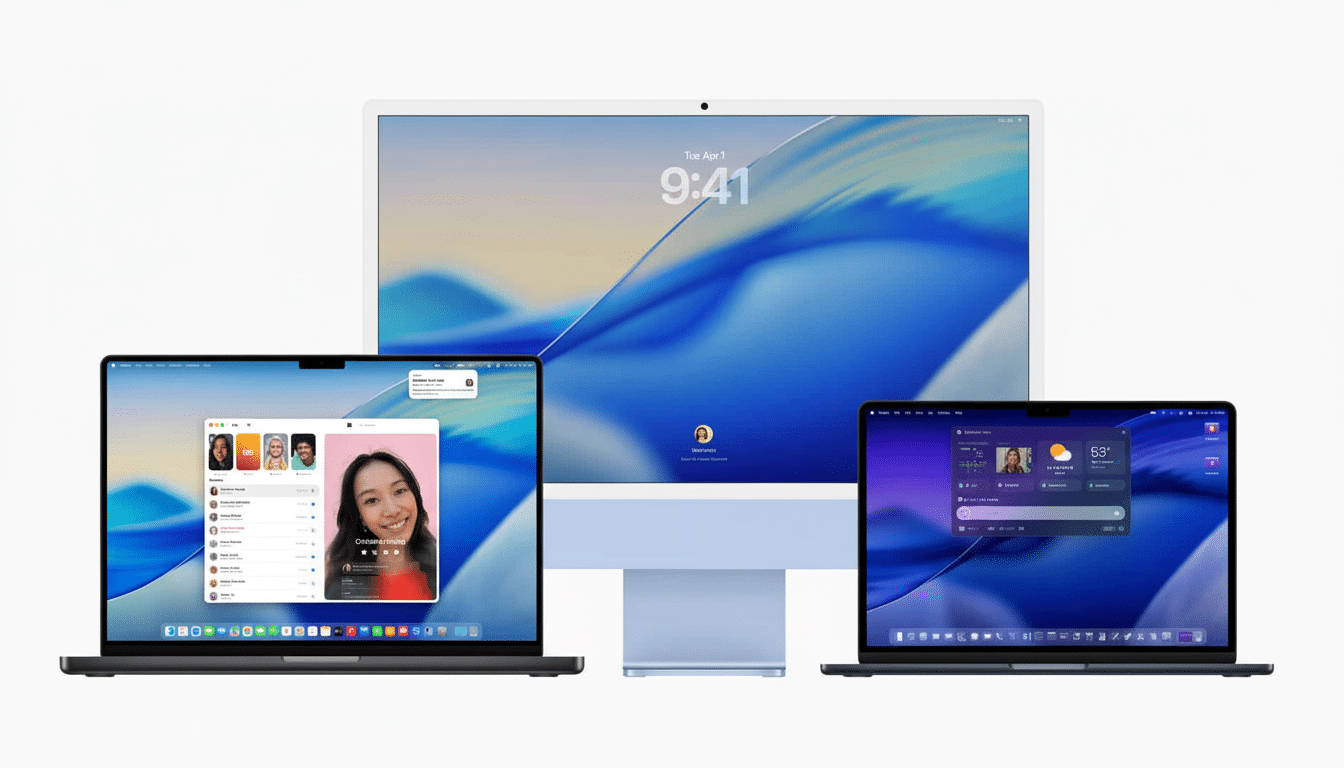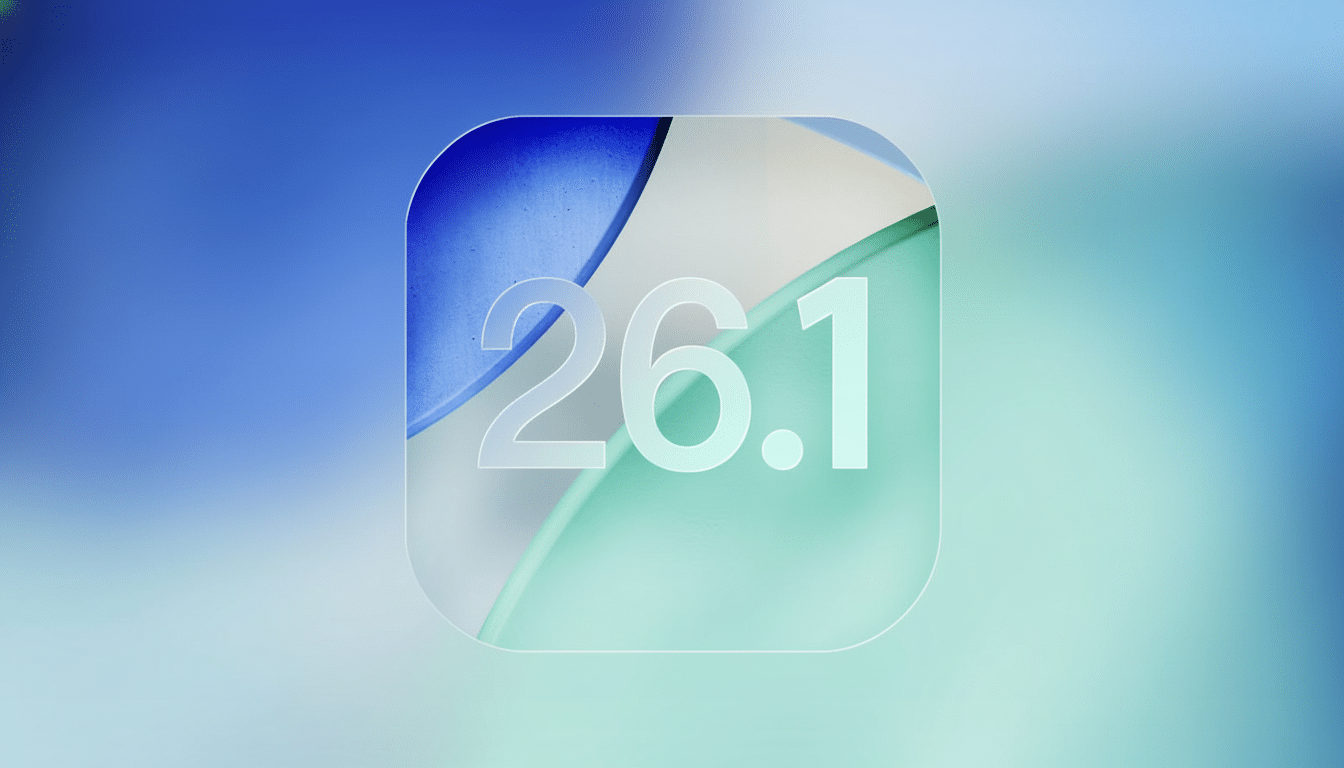Apple just released the third developer beta of macOS Tahoe 26.1 and while the official notes are light on detail, except to note “bug fixes,” there are a few things you might want to know about what’s inside this update.
It’s a “point release” with the intent to polish, but lurking below the surface are faint glimmers around more extensive AI integrations and tiny design tweaks that give clues about where macOS is headed next.

Early testers and code sleuths surfaced a few small user-facing adjustments, as well as mentions of frameworks that could be significant for developers making AI-powered applications. The headline is stability, but the subtext is platform groundwork.
A Maintenance Release That Squashes Bugs
Apple’s release notes stress reliability and performance over flash. That’s typical for a .1 release after an annual version release: squashing bugs, flattening driver behavior, tightening system services. Look for enhancements in things users interact with daily as well, such as Wi‑Fi handoff and Bluetooth pairing stability, external display handling, Spotlight indexing consistency.
That means on portable Macs, those cycles tend to produce calmer fans and steadier battery life; on desktops, it’s more about GPU drivers, WindowServer behavior, low-latency audio under load.
Exploratory bites of WebKit updates come along too, addressing rendering quirks and security fixes that don’t garner huge headlines but do reduce friction over time.
For the company fleet, stability of system extensibility and managed preferences is the unsung win. IT admins will want to keep an eye out for changes that could impact login items, Network Extensions and the enforcement of MDM profiles. Apple usually documents these changes deeper in the Apple Developer release notes, even if the public-facing summary remains brief.
Subtle Visual Tweaks on the macOS Desktop
One small but noticeable tweak: The Macintosh HD desktop icon has undergone another refinement. Apparently Apple has removed the anachronistic ports from the icon but left perspective largely untouched, according to reports. That’s a small nuance, but it underpins Apple’s continued refinement of iconography, whereby hardware metaphors are based on how things work today rather than decades ago, and fit nicely within the photorealistic design language that macOS favors.
If you’re on a clutter-free desktop, this one might pass you by. For the rest of us, these micro-tweaks cut down on visual noise and inch the system closer towards a bar for UI and UX consistency outlined in Apple’s Human Interface Guidelines.

Early Signs of Deeper AI Hooks in macOS 26.1
Code strings in the 26.1 beta refer to a protocol called MCP that agentic assistants — like Echo, Siri and Alexa — can securely invoke to access tools and services. With MCP on macOS, third-party models could interface more natively with system capabilities—pre-structured permission prompts, sandboxed actions, consistent policy enforcement—instead of ad hoc plug-ins. References to such advancements have been spotted and reported by outlets like 9to5Mac, matching broader work from the industry that’s described by parties like Anthropic and open-source maintainers.
Separately, there is some evidence that Image Playground—the artistic image feature that Apple also teased last week when it announced its AI push—may support more third-party models than just the existing OpenAI-supported integrations. That would be consistent with Apple’s stated direction of offering model choice to users and maintaining privacy through on-device processing and tightly managed cloud handoffs.
One quick note for all you tea-leaf readers out there: features uncovered in code paths are merely possibilities, not promises.
Apple frequently pushes underpinnings beneath flags with months to go before things reach the public. Think of these AI hooks as plumbing being installed, not a finished kitchen.
What Developers Should Try in the macOS 26.1 Beta
Which means it’s a good time to regression-test menu-bar extras, Finder extensions, Photos editing extensions and Audio Unit plug-ins. Watch window management APIs, ScreenCaptureKit performance and behavior of Game Mode under prolonged GPU load. If your users rely on multi‑monitor setups, hot‑plug stability for external displays and USB‑C hub throughput should also be rechecked.
For AI and media apps, test Image Playground integrations, Core ML pipelines and any model-selection UIs. Check entitlements, background job scheduling and privacy prompts, and look for MCP-related endpoints or policy checks in Console logs. When problems do occur, log them using Feedback Assistant with reproducible steps and a sysdiagnose—Apple’s engineering teams address high-signal reports first.
Should You Install the macOS 26.1 Developer Beta?
If you develop or test macOS software, yes — on a secondary machine. There’s not much in this beta for everyday users right now, and you’ll escape any potential hiccups by waiting for the public release. The most significant changes here are out of sight, laying the foundation for elements that will be more important in future updates.
If you do decide to jump in, make sure you back up with Time Machine or a full disk image first. And don’t forget, low-level utilities—security tools, audio drivers, virtualization applications—frequently require updates following even the most minor of macOS point releases.

